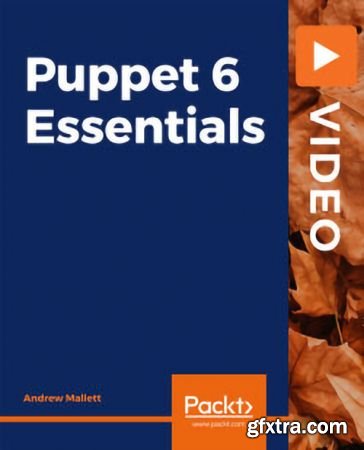
Discover how to use Puppet 6 for handling multiple application servers Key Features Become familiar with the installation process of Puppet 6 server and agent Work with default environments and create your new environment Get to grips with Puppet templates and Puppet Bolt What You Will Learn Configure the Puppet labs repository on CentOS 8 Find out how to write error-free ad-hoc commands using the command-line Create environments to separate different configurations Add modules to specific locations Create a simple Embedded Puppet (EPP) template for the MOTD File Use Puppet Bolt to install and configure another agent remotely About With Puppet, you can configure many servers and automate your IT configuration easily and efficiently. This video course shows you how to be a master in using Puppet 6. This course helps you to install and setup Puppet 6 on your machines. You will also be able to configure the hostname entry, JVM, and perform time synchronization. Next, you will be introduced to Puppet manifests and learn how to work with the default environment and create a new environment. Moving along, you will install modules in different locations, create modules, and learn the best practices required to use conditional statements in Puppet. Towards the end, you will discover templates in Puppet 6 and learn how to deploy agents to new systems using the Bolt tool. By the end of this course, you will be well-versed with Puppet and will develop the skills needed to configure systems centrally from your Puppet server. All the code files for this course are located here: https://github.com/PacktPublishing/Puppet-6-Essentials
TO MAC USERS: If RAR password doesn't work, use this archive program:
RAR Expander 0.8.5 Beta 4 and extract password protected files without error.
TO WIN USERS: If RAR password doesn't work, use this archive program:
Latest Winrar and extract password protected files without error.


